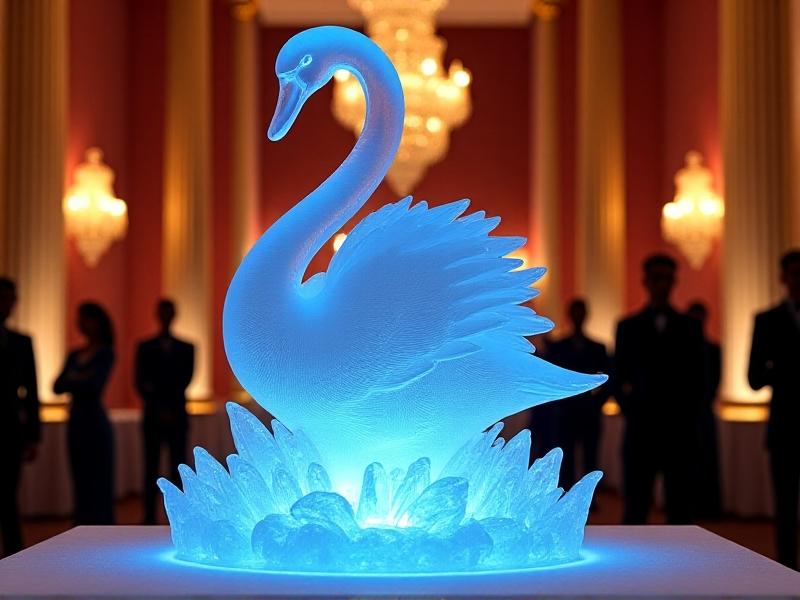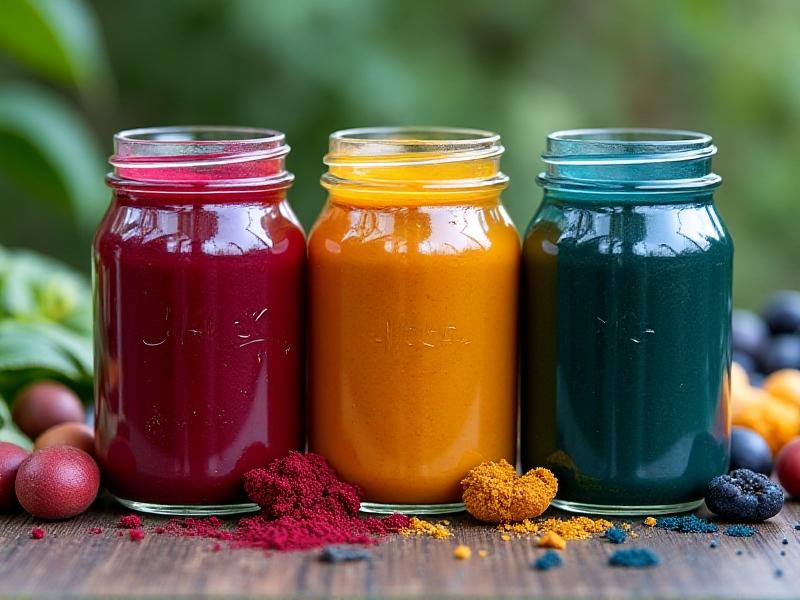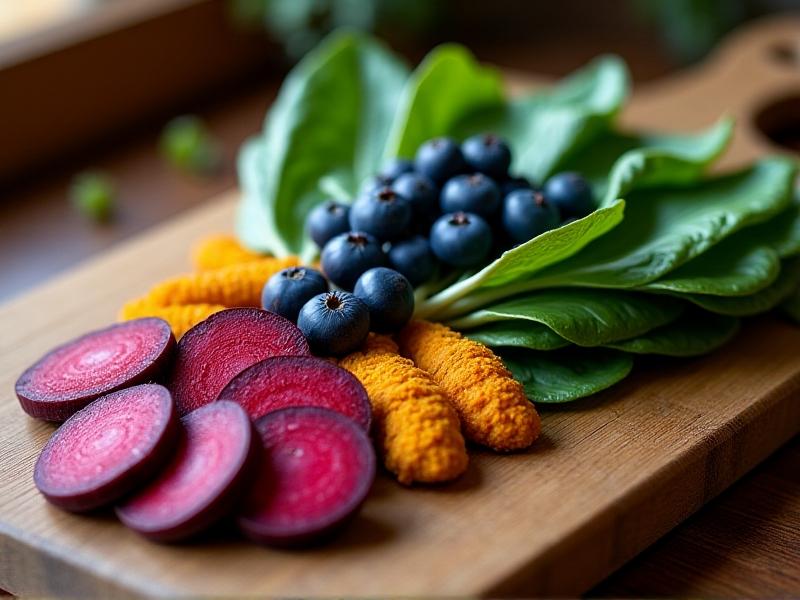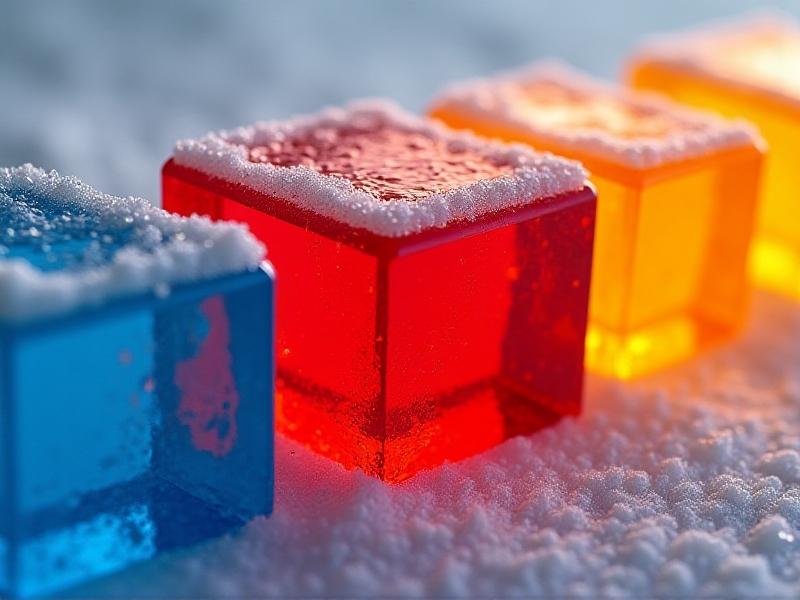Natural Dye Options for Edible Ice Art
The Art of Edible Ice Sculptures: An Introduction
Edible ice art is a fascinating blend of culinary creativity and visual aesthetics. These sculptures, often used as centerpieces at events or as decorative elements in culinary presentations, can be made even more captivating with the use of natural dyes. Unlike synthetic food colorings, natural dyes offer a safer, more sustainable option for coloring ice, ensuring that the art remains edible and environmentally friendly. This article explores various natural dye options that can be used to enhance the beauty of edible ice art, providing a comprehensive guide for both beginners and seasoned artists.

Why Choose Natural Dyes for Edible Ice Art?
Natural dyes are derived from plants, fruits, vegetables, and other organic sources, making them a healthier alternative to synthetic dyes. They are free from harmful chemicals and additives, ensuring that the ice remains safe for consumption. Additionally, natural dyes are biodegradable, reducing the environmental impact of your art. Using natural dyes also allows for a more nuanced and subtle color palette, which can add depth and sophistication to your ice sculptures. This section delves into the benefits of choosing natural dyes and why they are the preferred option for edible ice art.

Common Sources of Natural Dyes
There are numerous sources of natural dyes that can be used to color edible ice. Some of the most popular include beetroot for red and pink hues, turmeric for yellow, spinach for green, and blueberries for blue and purple tones. Other options include hibiscus flowers, pomegranate juice, and matcha powder. Each of these sources offers unique shades and intensities, allowing for a wide range of creative possibilities. This section provides an overview of the most commonly used natural dye sources and how to extract their colors effectively.

Extracting and Preparing Natural Dyes
Extracting natural dyes involves a simple process of boiling, steeping, or blending the chosen source material to release its color. For example, beetroot can be boiled to create a deep red liquid, while turmeric can be steeped in hot water to produce a vibrant yellow dye. Once the dye is extracted, it can be strained and mixed with water to achieve the desired concentration. This section offers step-by-step instructions on how to prepare natural dyes, ensuring that they are ready to be used in your ice art projects.
Techniques for Coloring Ice with Natural Dyes
There are several techniques for incorporating natural dyes into ice sculptures. One common method is to mix the dye directly into the water before freezing, resulting in a uniformly colored block of ice. Another approach is to layer different colored ice blocks to create a gradient effect. For more intricate designs, you can use a spray bottle to apply the dye to the surface of the ice, allowing for detailed patterns and textures. This section explores various techniques for coloring ice and offers tips for achieving the best results.
Creative Ideas for Natural Dye Ice Art
Natural dyes open up a world of creative possibilities for ice art. Imagine a floral-themed sculpture with petals tinted in soft pinks and greens, or a tropical design featuring vibrant blues and yellows. You can also experiment with abstract patterns, using the natural variations in dye intensity to create unique, one-of-a-kind pieces. This section provides inspiration and ideas for using natural dyes in your ice art, encouraging you to push the boundaries of your creativity.
Preserving and Displaying Your Natural Dye Ice Art
Once your natural dye ice art is complete, it’s important to preserve and display it effectively to maintain its beauty. Keeping the sculpture in a cool environment is crucial to prevent melting. You can also use LED lights to enhance the colors and create a stunning visual effect. Additionally, consider the placement of your sculpture, ensuring that it is the focal point of your display. This section offers practical tips for preserving and showcasing your ice art, allowing it to shine in any setting.
Safety Considerations When Using Natural Dyes
While natural dyes are generally safe, it’s important to take certain precautions to ensure that your ice art remains edible and non-toxic. Always use food-grade materials and avoid any sources that may cause allergic reactions. Additionally, be mindful of the concentration of the dye, as too much can alter the taste of the ice. This section discusses safety considerations and best practices for using natural dyes in edible ice art.
The Environmental Impact of Natural Dyes in Ice Art
Using natural dyes not only benefits the safety and aesthetics of your ice art but also has a positive impact on the environment. Unlike synthetic dyes, which can contain harmful chemicals and pollutants, natural dyes are biodegradable and eco-friendly. By choosing natural dyes, you are contributing to a more sustainable and environmentally conscious approach to art. This section highlights the environmental benefits of using natural dyes and encourages artists to make eco-friendly choices in their work.
Exploring Cultural Significance of Natural Dyes in Art
Natural dyes have been used in various cultures for centuries, often holding significant cultural and symbolic meanings. For example, in some cultures, red dyes derived from cochineal insects are used in traditional textiles, while in others, indigo is revered for its deep blue hue. Incorporating these culturally significant dyes into your ice art can add a layer of depth and meaning to your work. This section explores the cultural significance of natural dyes and how they can be integrated into modern ice art.
Future Trends in Natural Dye Ice Art
As the demand for sustainable and eco-friendly art continues to grow, the use of natural dyes in ice art is likely to become more prevalent. Artists are constantly experimenting with new sources of natural dyes and innovative techniques to push the boundaries of what is possible. From large-scale installations to intricate, detailed sculptures, the future of natural dye ice art is bright and full of potential. This section looks ahead to emerging trends and the future of this unique art form.







